Fennel is a useful fragrant plant, which is often used for medical purposes and is part of many dishes. It is possible to grow this culture personally on your household plot. On how to plant and grow fennel, we will tell in this article.
Description of culture and common varieties
Fennel is a perennial herbaceous plant from the umbrella family. Despite the fact that culture refers to perennials, the gardeners of our country prefer to breed it as an annual. The most popular variety of this plant is the fennel vegetable, which has delicious fruits, widely used in cooking.
Culture refers to tall species, its reprehensive stem can grow 2 m in height. Distinctive features of the plant are powerful rhizome, dense branching and the presence of a whitish plaque on the green part of the bush. Fennel foliage does not resemble the leaves of dill and has a bright green tint. During the flowering period, the culture produces an umbrella type inflorescences covered with small yellow flowerflowers.
With regard to the most common varieties of Fennel, then Russian gardeners prefer to grow such types:
- The aroma variety belongs to the middle-air crops whose seeds ripen about 75-78 days after the landing of the bush. The yield of the variety is 2-3 kg of fruits per 1 m² of planted area.
- "Leader" is the grade of the Fennel early ripening. The height of its stem is 170-180 cm, the culture seeds are growing at 40-50 days after landing.
- The "delets" variety refers to the secondary and average-growing cultures growing up to 60 cm in height. The weight of one fetus in Fennel of this variety is approximately 120 g.
- Among the average varieties can be allocated Fennel Luzhniki Semyko. Its fruits are rather large and by weight reaches 220 g. Plant seeds are matured for 75-80 days after landing.
- "Autumn Handsome" is an early fennel with a maturity of 37-40 days. The height of the stem from this plant reaches 1.5-1.8 m. Green foliage has a delicate pleasant aroma.
Features of Growing Fennel
In case of cultivation of Fennel, it is important to know some subtlety of growing this culture:
- In the garden or in the garden, a bed with a fennel is better to have separate from other plants. The culture should be well moistened and follow all the rules of care. If the fennel will be insufficiently moisture or nutrients on its plot, it will raise roots to beds with other plants.
- Growing Fennel, it is important to know that it is perfectly multiplied by self-sowing.
- The cultures with which Fennel will also come, are also important. For example, landing it next to bean plants, tomatoes, peppers, Tmin and spinach is undesirable, since Fennel will coal his neighbors. But he is favorably affects the growth of cabbage and cucumbers, scaring the aphid with his smell.
- Salting Fennel near the cucumbers, do not forget about frequent watering of both crops.
- Fennel is considered a beneficial plant not only for the human body, but also for the garden. The fragrance of this plant during its flowering attracts to the pollinator insects.
Growing Fennel Seeds
Sowing seeds are considered a popular method of breeding Fennel. The germination of the sowing material of this cult is quite good and is 2-3 years after collecting. Sometimes Fennel is bred by the method of fissioning the root, but this method is used extremely rare due to greater complexity and worse survival.
It is possible to plant the seeds of Fennel in the soil twice a year: at the beginning of spring or in the fall. The first landing falls on April-May, the second is in August-September. Seeds during landing deepen into the ground by 2 cm. In the ground pre-introduce fertilizers: humid and haired lime. The proportions of nutrients are approximately following: 1 m² of the site is made about 1 bucket of humus. Mineral formulations can also be added to the soil, for example, 2 tbsp. Superphosphate for 1 m² of land.
After the spring seed seed, the garden is covered with a polyethylene film and leave in this form until sprouts are trying out of the soil. The film will help to provide seedlings for greenhouse conditions and sufficient humidity.
To grow on the Phenhel area, it is important to choose high-quality seed material. You can purchase seeds in a specialized store, where you are most often offered two types of Fennel: ordinary and vegetable. An ordinary or pharmacy fennel is grown to obtain seeds or greens, whereas a vegetable variety has the most valuable to the fruits-kochannels used in culinary purposes.
Fennel seeds germinate about 10 days after landing. Young sprouts need to dive, removing extra plants, then the rest of the cochanists will develop full and harvest will be high quality.
After picking the plant should be located at least 15 cm from each other. Sprouted stems need to be easily fertilized with a cowbank solution.
Fennel care
Timely and abundant watering is one of the most important conditions for growing such a culture. Fennel loves water and prefers well-widked primer. If there is not enough moisture in the ground, the plants will begin to start roots on neighboring beds, selecting water from other garden crops. It is also recommended to periodically loose land around Fennel landing, and so that the water is too quickly evaporated from the soil, the land is molded.
So that Fennel fruit actively developed, at the beginning of the summer, the stalks are periodically plunge, giving roots of oxygen access. Fennel is also recommended from time to time to fertilize, a liquid solution of a cowboy or infusion of green grass is well suited for this purpose.
Fennel Growing Eat
Some gardeners prefer not to sow seeds immediately into open soil, but first grow seedlings in greenhouse or in a greenhouse. Sowing seeds to seedlings are carried out at the end of February or in early March. With this method, the breakdown sprouts can not be picked, but many gardeners advise at least one thinning immediately before planting sprouts into the open soil.
For a vegetable fennel, the seaside method is considered an optimal option, as it allows you to get an excellent crop of fruits subsequently. When disembarking seeds, the Fennel sometimes cannot form a chocan, since he does not fit the length of the daylight. In greenhouse conditions, this factor can be adjusted independently, the plant will receive a sufficient amount of light, and the fruits will be released large.
Replanting the seedlings of vegetable fennel on the garden, it is necessary to observe a distance of 40 cm between the sprouts. The principles of care in this case are no different from the above described. Fenegel needs high-quality watering, loosening, periodic feeding.
Pests Fennel
If summer is released cold and rainy, Fennel may be exposed to gray rot. Fennel often suffers from the attack of cumin or carrot moth. Approximately in May Mole puts its larvae on the plants, and by the beginning of the summer they turn into caterpillars. Caterpillars actively eat green parts and fenhel fruits, as well as excommunicate the inflorescences of the web. To get rid of moth damaged parts or even whole plants, it is better to pull out the root and burn. Pest prevention can be regular weeding, timely collection of seeds and planting by special solutions.
The use of fennel for practical purposes
Fennel is often used in medicine due to the fact that it has good healing properties. It is considered an anti-inflammatory and bactericidal agent, is able to act on the body as a diuretic and antioxidant. Among other things, with the help of fennel, helminthine is treated, and its painkillers make it possible to use culture with a variety of diseases accompanied by pain and inflammation.
Fennel in comprehensive therapy is used to treat bronchitis and other respiratory diseases. It is used in meteorism and intestinal colic among babies. Fennel helps expand the vessels, output bile, treat urolithiasis, improve appetite and the work of the digestive tract, eliminate constipation, diarrhea and dysbacteriosis.
People with gum disease and unpleasant smell of mouth can perform rinsing with phenhel infusion. The fragrance of this plant acts relaxingly, relieves stress, soothes the nerves, improves the memory and concentration of attention, tones the body and improves brain activity. Women in lactation take fennel to increase the number of breast milk, and men with this plant are struggling with potency problems. Recovery properties allow the use of fennel in cosmetology, where it is part of the means of wrinkles.
The plant has been widely used in cooking, where it is used almost non-separable. Fruits, flowers, seeds, foliage and stems of this culture are added to the dishes. Fennel is considered good spice and perfectly combined with fish and meat dishes. Fenhel can be found in vegetable salads, side dishes, soups, canned and marinades. It is often part of baking and confectionery.
Fennel seeds are processed on the oil, which is considered very helpful. Fresh stems and leaves are added to dishes as greens.
Fennel, photo:

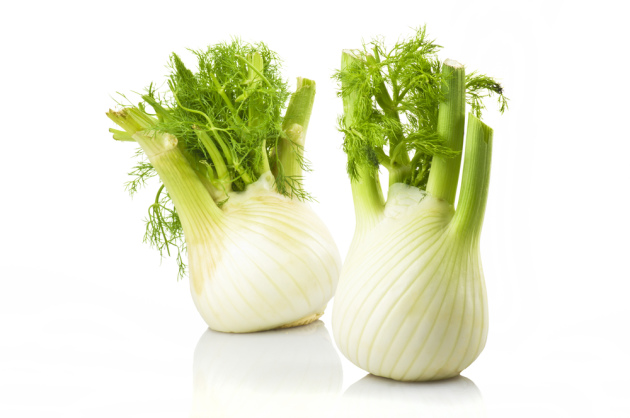
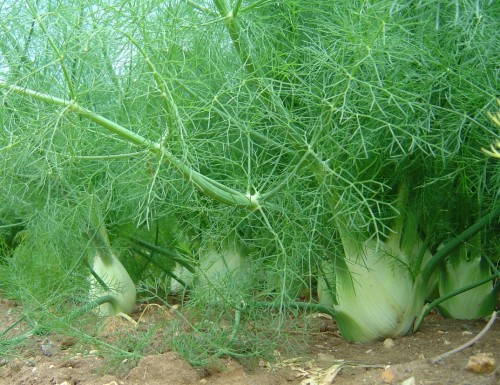
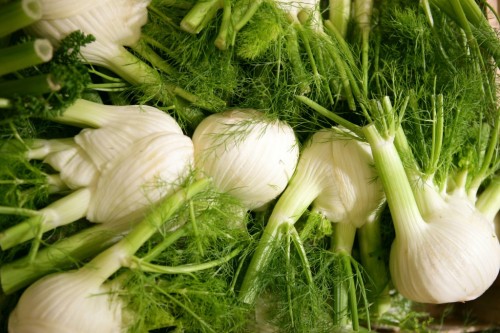
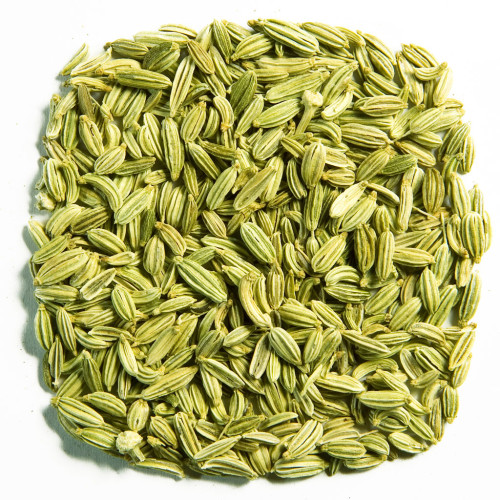


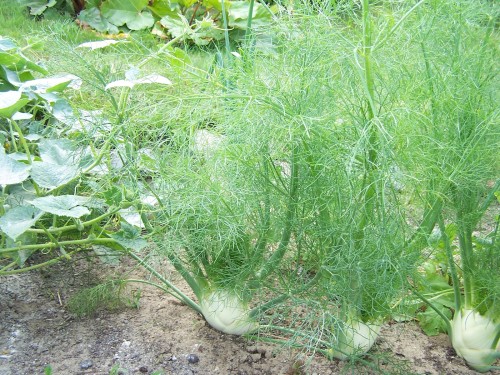

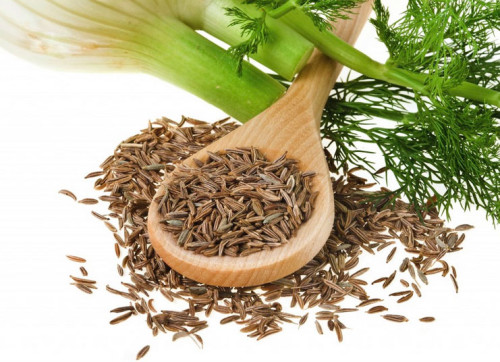
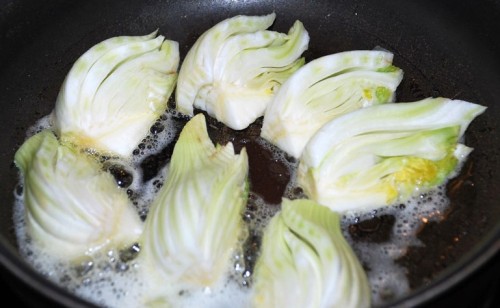
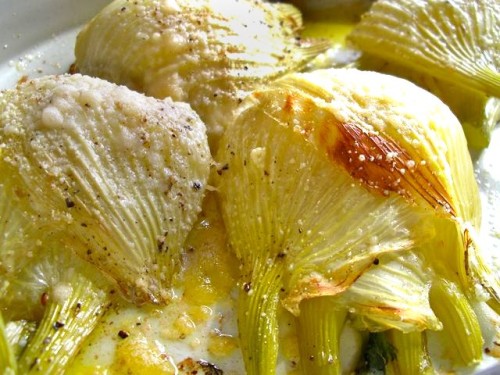













 Start a discussion ...
Start a discussion ...